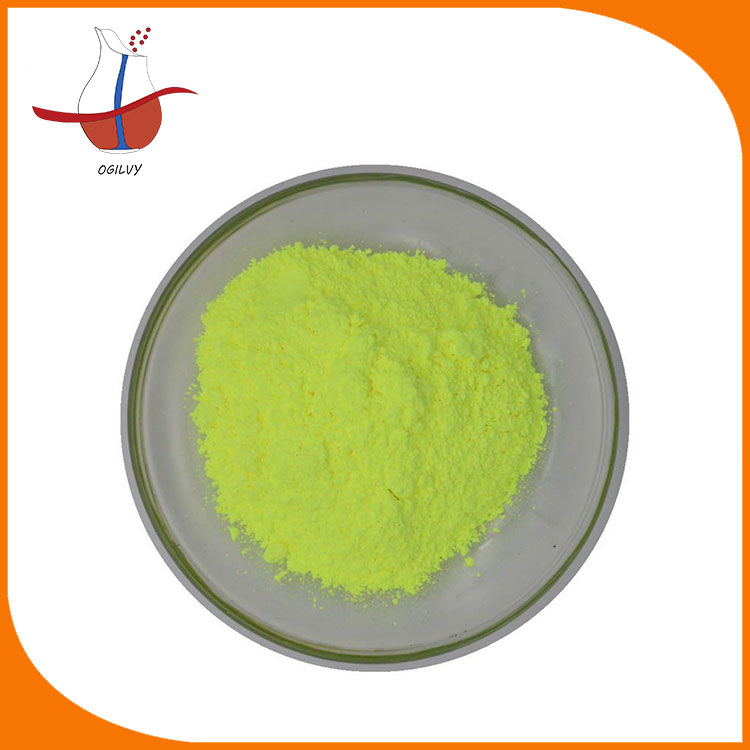The principle of action of fluorescent whitening agent
2023-03-13
The principle of fluorescent whitening agent is to absorb the invisible ultraviolet light in the light and emit visible blue light. After superimposing with the yellow light emitted by the fabric, it complements the white light, which increases the white light emitted by the fabric. The naked eye can feel that the white fabric is obvious. Become brighter, this is the brightening effect. Fluorescent whitening agents can absorb invisible ultraviolet light (wavelength range of about 60-380 nm) and convert it into longer wavelength blue or violet visible light, thus compensating for the unwanted yellowish color in the matrix while reflecting more light than the original The incident wavelength is more visible light in the range of 400-600nm, so that the product appears whiter, brighter and more vivid.

 English
English



